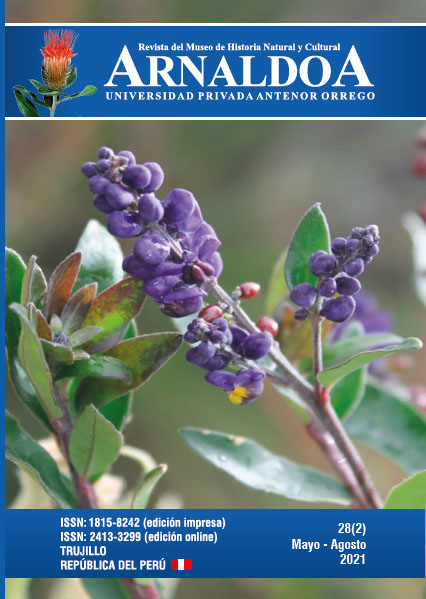Evaluation of native quinoa varieties with potential for the malting
DOI:
https://doi.org/10.22497/1598Keywords:
Quinoa, Blanca JunÃn, Blanca Huancayo, Hualhuas, maltingAbstract
The “quinoa†Chenopocium quinoa (Amaranthaceae) is a basic food in human nutrition with different applications, being the malting of great interest in the food industry. In northern Peru, one of the main quinoa producing regions is La Libertad, and its main quinoa producing provinces are Julcán, Sánchez Carrión and Santiago de Chuco. Therefore, the objective of the research was to identify varieties of native quinoa in the La Libertad region, Peru with potential for malting. The varieties collected were Blanca Junín, Blanca Huancayo and Hualhuas, which were released by the National Institute of Agrarian Innovation. 52 samples were collected; which were analyzed in two phases. The first was the analysis of the percentage of moisture, protein and total starch of the mature grain. The second was the determination of the percentage of protein, amylase, amylopectin and total starch in the malted grains. Subsequently, a one-way analysis of variance was applied to the averages of the results. A statistically significant difference was found between the varieties of quinoa in the mature grain, however, a statistically significant difference was not found in the malted grain. Therefore, for the fermented beverage industry and the food industry, the Hualhuas variety is recommended.Downloads
Download data is not yet available.
Downloads
Published
2021-11-25
Issue
Section
Artículos originales
License
By submitting a paper to the journal, it is understood that the authors agree to transfer the publication rights to the journal once it is accepted.
It is permitted to share and adapt the contents of this journal in any medium or format always if the original source is properly cited and there are not commercial purposes.







